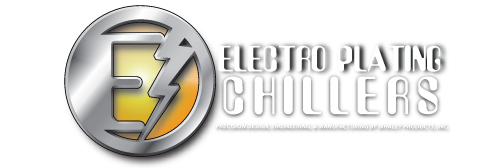Metal coatings are used to provide services to numerous applications. Below each coating is described.
Anodized Coatings-
Metal surface is turned into an oxide
Usually uses aluminum for purposes
Differs from electroplating
Workpiece that is coated is the anode
Conversion Coatings
Coating is formed by reaction of surface of substrate with solution
Good atmospheric corrosion resistance
Used to protect household goods- screws, hinges,
Used to protect items with yellow-brown appearance
Sacrificial Coatings
Used for protection of base metal, iron and steel
Also called anodic coatings due to coatings being anodic to substrate metal, Zinc
Coatings sacrifice to protect base from corrosion
Decorative Coatings
Adding attractive appearance to protect qualities of metal work
Metals include tin, zinc, nickel, copper
Composite Coatings
Coatings contains second phase particles
Second phase particles are measured in nanometers
Particles can be organic, inorganic, and metallic
Improves chemical and chemical properties
Excellent wear resistance, allows for emergency dry running of mechanisms
Multilayered Coatings
Plates different metals from same solution at different quantities
Metal or plastic components can have a better visual appearance
Corrosion, wear resistance and weight saving are the results
Unusual Metal Coatings
Rarely electroplated divided by different categories
- Easily palatable from solutions but not widely used As, Sb Bi, Mn, and Re
- Palatable from organic electrolyte but not aqueous solution Al
- Palatable from fused-salt electrolyte but not aqueous solution Ti, Zr, Hf, V,Nb,Ta, Mo, and W
Engineered Coatings
Also called functional coatings
Used to enhance specific properties to the surface
Properties can include solderablity, wear resistance, reflectivity, and conductivity
Metals include Au, Ag, Pb, Ru, Rh, Pd, Os, Ir, and Pt

